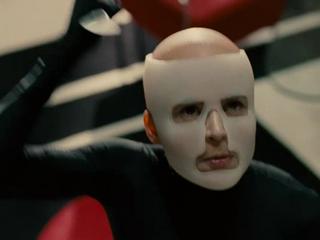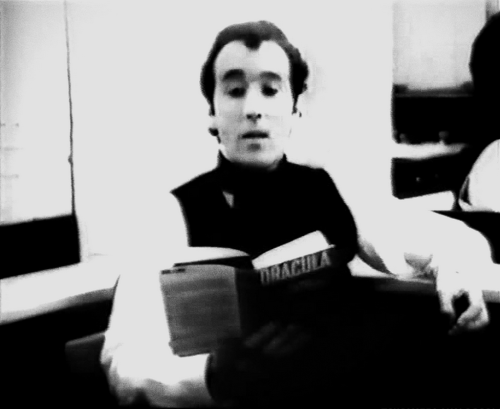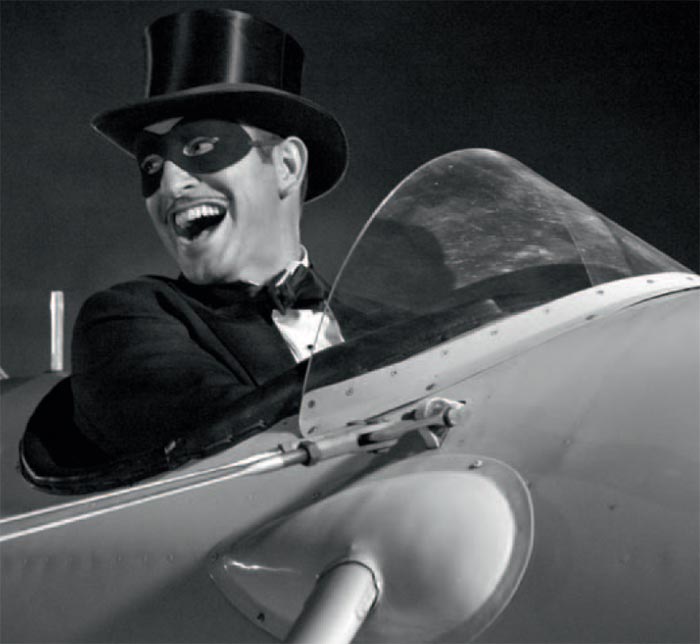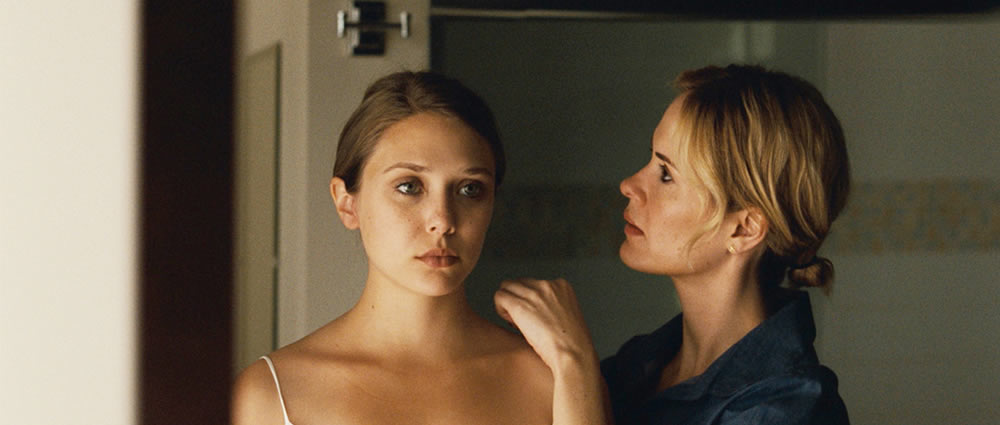 |
| (Rooney Mara in The Girl with the Dragon Tattoo/2011) |
The Girl with the Dragon Tattoo has a highly addictive soundtrack. It has Sharon O belting out Led Zeppelin’s “Immigrant Song” with Trent Reznor’s techno blabber to match it up. It has her screaming erotically towards the end. The remainder of the film features droplets of trancey techno, and one darkly humorous usage of Enya’s “Sail Away.” This music lends the scenes it is matched to a distinctive thump; that sort of conniving sense you get, when all your senses are taking in too much at once, that the images in front of you are leading to something. Is it a distressing sign that they so often lead to nothing? What of The Girl with the Dragon Tattoo, which is all thump and no sense whatsoever?
It seems tedious to summarize the story, again. We all know about Stieg Larsson’s smash hit of a trilogy, or at least it feels like we do. Some may be unfamiliar with the story of Mikael Blomkvist (Daniel Craig), the disgraced Swedish journalist who is hired to find a missing girl from a wealthy family, and Lisbeth Salander (Rooney Mara), the antisocial youth heroin who is raped by her case worker, exacts bizarrely horrific revenge, reports on Blomkvist himself, and eventually teams up with him. For these Tattoo virgins, this film might look like a revenge-fantasy turned feminist action movie, with insistent diversions on journalism, Nazism and cyberpunk ethos. That is not a bad distillation of the book or the Swedish film, either, but the problem is that it’s a distillation, period. The book sustained itself as hugely entertaining trash mainly due to the thrill of watching it become about this disturbed mystery girl, and because of the kinky, genre-laden grab bag that constituted its structure. The whodunit, the family saga, the revenge thriller, the sadomasochistic horror story; all these genres were thrown in by Larsson; the story that emerged was a thrilling mess. Film is better at getting away with making a thrilling mess of genre than literature. Lighting can go from high contrast to low contrast, cameras from static to handheld, costumes from shiny to bloody and nobody gives a hoot so long as it flashes across the screen. Director David Fincher seems only somewhat more willing than Niels Arden Oplev (director of the Swedish film) to let his film be a mess; what both directors unwisely chose to do was smooth out the narrative sloppiness, which is, if anything, more than half of the story’s ridiculous charm. The weird family dynamics gradually explored in the novel are skimmed over; the sense that Lisbeth Salander is actually a fractured individual who gets sucked in to being a hero is replaced by the idea that Salander is a hero. With her black, close-upped to death motorcycle and helmet, her dark attractiveness (this person is meant to look un-pretty) and her perfectly timed one-liners, Salander is a movie archetype, not a genuine outcast who becomes an archetype. One gets the sense that the filmmakers and actors understood this progression, but they didn’t feel like communicating it. Motorcycles and explosions and extensive rape look better.
 |
| (Rooney Mara in The Girl with the Dragon Tattoo/2011) |
 |
| (Daniel Craig and Christopher Plummer in The Girl with the Dragon Tattoo/2011) |
The main issue, though, is that David Fincher has no patience. For a long time now, he’s been the most intimidatingly revered director in North America. He is the type of director lauded in film schools for his technical precision and perfectionism; critics and audiences love him for his ‘ability to cut to the chase’ and the way he rebels successfully in Hollywood; he gets final cut, he works with whichever actors he wants. But is Fincher a perfectionist or an opportunist? He takes the entire range of ‘film language’ so literally that to him, any story can be told with any degree of technique. That technique usually means an unmitigated kineticism that gives his films the feel of very long music videos and not cinema. This might explain his admitted talent with music (he started off directing music videos), but it doesn’t explain how he gets away with making such straight-jacketed films. For a director who apparently utilizes storyboards so well, his films are the excess of just that; Fincher has never met a shot that does not look like it was once a storyboard. The result is that his images are sleek moving panels, not moving imagery. They do not require one to see for themselves what’s unfolding. We need not be interested in delving in to the particulars of his style; Fincher strapped it to our eyes. This dishonesty, this pure arrogance does not go away in The Girl with the Dragon Tattoo, and it doesn’t look like it will go away over the course of his filmmaking. He’ll continue to get away with it, and continue to get a free pass on his essentially cold and clinical filmmaker’s soul. He’s the most intimidating major director today, and the most depressing.
The Girl with the Dragon Tattoo is a franchise movie. Whether or not it matters what the sequel will look like is now entirely in the hands of studio executives. The franchise movie might be its own very perverse genre by now; the newest Batman film will be rolling out next year, along with at least two others. They are product movies; they showcase certain music, brands, and lifestyles the average viewer may wish to follow. They are shiny; the cinematography is unblemished, un-ironic. Every character, even the bad guys, is essentially a hero in their uncomplicated way of fitting in to the film’s world, and the popular imagination. Lastly, they are cash cows; they make a lot of money. But no franchise film has yet transcended the concept of the franchise film. With Stieg Larsson’s books, it felt like we had material that was begging to be franchised in cinema, but which, more importantly, might be that transcendent film. Multiple plotlines, a broad, bombastic sense of social commentary, characters in trouble in their lives rather than in the mere mission they are assigned to; this is the stuff of an exciting franchise film. And when asked whether we should prefer the Swedish film or the American film, the answer looks irrelevant. The only realistic answer is that we should scrap it all and start over.






































